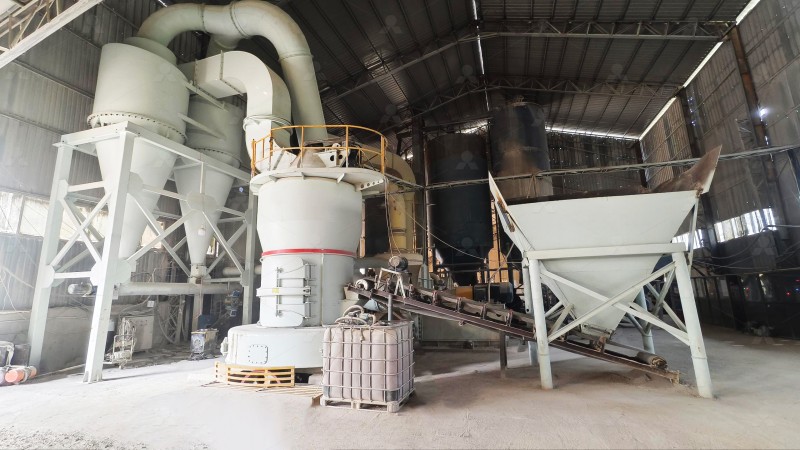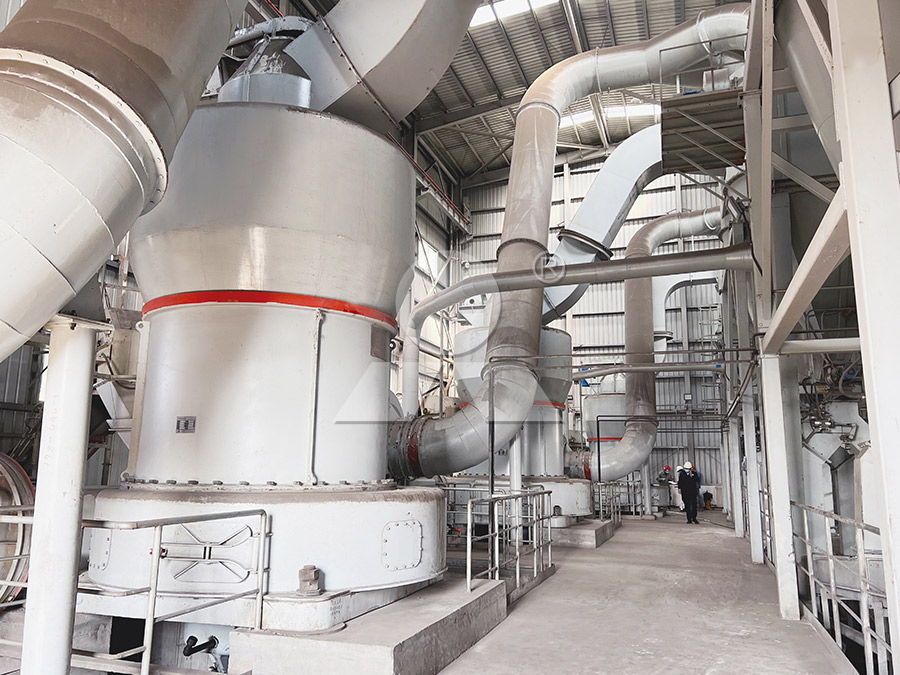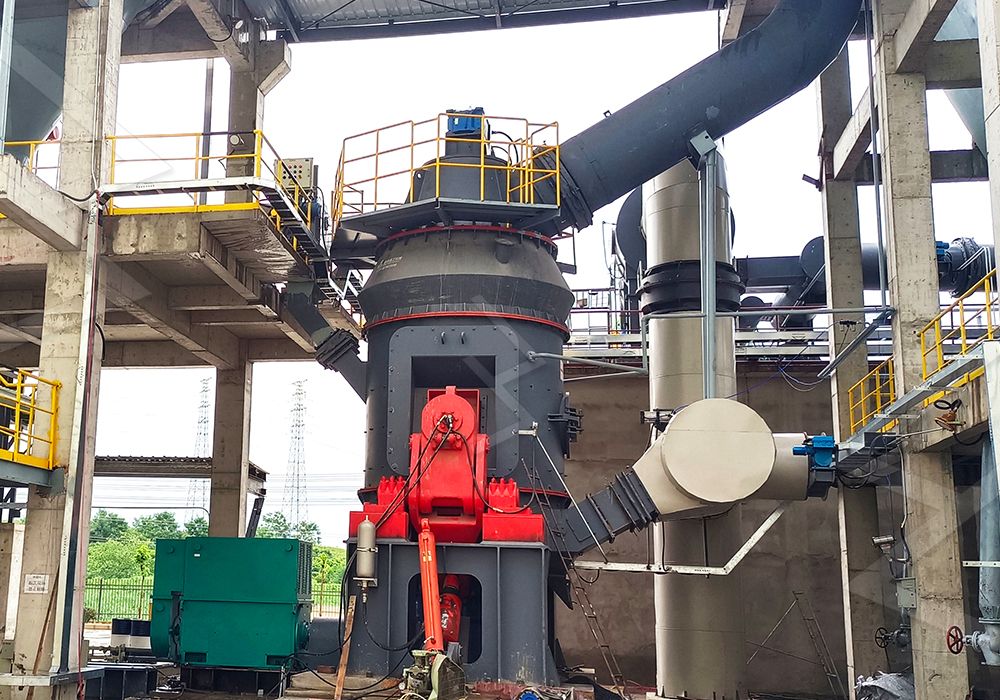Working Principle of Brucite Grinding Mill Machinery
Working Principle of Brucite Grinding Mill Machinery
Brucite, a magnesium hydroxide mineral, requires specialized grinding equipment to achieve the fine particle sizes demanded by various industrial applications. Understanding the fundamental working principles of grinding mill machinery is essential for optimizing production efficiency and product quality in brucite processing operations.
Core Grinding Mechanisms
The fundamental principle behind all brucite grinding mills involves the application of mechanical forces to reduce particle size through impact, compression, or attrition. As raw brucite material enters the grinding chamber, it encounters rotating components that apply these forces repeatedly until the desired fineness is achieved. The specific mechanism varies depending on the mill type, but the objective remains consistent: to break down the mineral structure into finer particles while maintaining its chemical properties.

Most modern grinding mills utilize a combination of grinding rollers and grinding rings or tables. The material is fed between these components where tremendous pressure is applied, effectively crushing the brucite into progressively smaller particles. The fineness of the final product is controlled by adjusting the gap between grinding elements, the rotational speed, and the airflow within the system.
Material Flow and Classification
After initial grinding, the brucite particles are carried upward by airflow generated by an integrated blower system. This air stream transports the ground material to a classification stage, where a powder separator determines whether particles have reached the target fineness. Coarse particles that fail to meet specifications are returned to the grinding chamber for further processing, while properly sized particles continue to the collection system.
This recycling mechanism ensures consistent product quality and maximizes production efficiency by preventing both under-ground and over-ground material from reaching the final product. The precision of this classification process directly impacts the uniformity of the brucite powder, making the separator technology a critical component in high-performance grinding systems.

Advanced Grinding Solutions for Brucite Processing
For operations requiring ultra-fine brucite powder, the MW Ultrafine Grinding Mill represents a technological breakthrough. This advanced system features newly designed grinding curves of the grinding roller and ring that significantly enhance grinding efficiency. With an input size capability of 0-20 mm and capacity ranging from 0.5-25 tph, this machine delivers exceptional performance for brucite applications.
The MW Ultrafine Grinding Mill incorporates several innovative features that make it particularly suitable for brucite processing. Its cage-type powder selector, employing German technology, provides precise control over particle size distribution, allowing operators to adjust fineness between 325-2500 meshes. The unique design eliminates rolling bearings and screws from the grinding chamber, addressing common failure points and enhancing operational reliability.
Environmental considerations are integral to the MW design, with an efficient pulse dust collector and muffler system minimizing both dust emissions and noise pollution. This makes the mill suitable for installation in areas with strict environmental regulations while maintaining optimal working conditions for personnel.
Vertical Grinding Technology
Another exceptional option for brucite processing is the LUM Ultrafine Vertical Grinding Mill, which integrates ultrafine powder grinding, grading, and transporting in a single compact unit. With an input size of 0-10 mm and capacity of 5-18 tph, this mill employs the latest grinding roller technology and German powder separating technology to deliver superior performance.
The LUM series features a unique roller shell and lining plate grinding curve that facilitates material layer formation, enabling high rates of finished products through single-pass powder milling. This design significantly enhances grinding efficiency while improving the whiteness and cleanliness of the final brucite product – critical quality parameters for many industrial applications.

System Integration and Automation
Modern brucite grinding mills incorporate comprehensive automation systems that monitor and adjust operational parameters in real-time. PLC controls manage critical factors such as grinding pressure, rotational speed, and feed rate to maintain consistent product quality while optimizing energy consumption. This level of automation reduces operator intervention and minimizes human error, resulting in more stable operation and higher overall efficiency.
The integration of digital processing technologies throughout the manufacturing of these mills ensures high precision, particularly for core components. Numerical control machine tools handle operations including steel plate cutting, bending, planing, milling, and paint spraying, guaranteeing dimensional accuracy and reliable performance throughout the equipment’s service life.
Frequently Asked Questions
What is the optimal moisture content for brucite before grinding?
Brucite should typically have moisture content below 10% for efficient grinding. Some mills incorporate drying capabilities for higher moisture materials.
How does the MW Ultrafine Grinding Mill achieve higher energy efficiency?
The MW mill’s optimized grinding curves and advanced powder separation system reduce energy consumption by up to 30-50% compared to conventional mills while increasing output by 40%.
What maintenance advantages does the LUM Ultrafine Vertical Grinding Mill offer?
The LUM mill features a reversible structure that allows easy access to grinding components. The hydraulic adjustment system enables operators to quickly move grinding rollers out of the body for inspection and maintenance, minimizing downtime.
Can these grinding mills handle other minerals besides brucite?
Yes, both the MW and LUM series are versatile enough to process various non-metallic minerals including limestone, calcite, dolomite, gypsum, barite, and talc with minimal adjustments.
What particle size range can be achieved with these grinding systems?
The MW Ultrafine Grinding Mill can produce powders ranging from 325 to 2500 meshes, while the LUM Vertical Grinding Mill offers similar fine grinding capabilities with precise particle size control.
